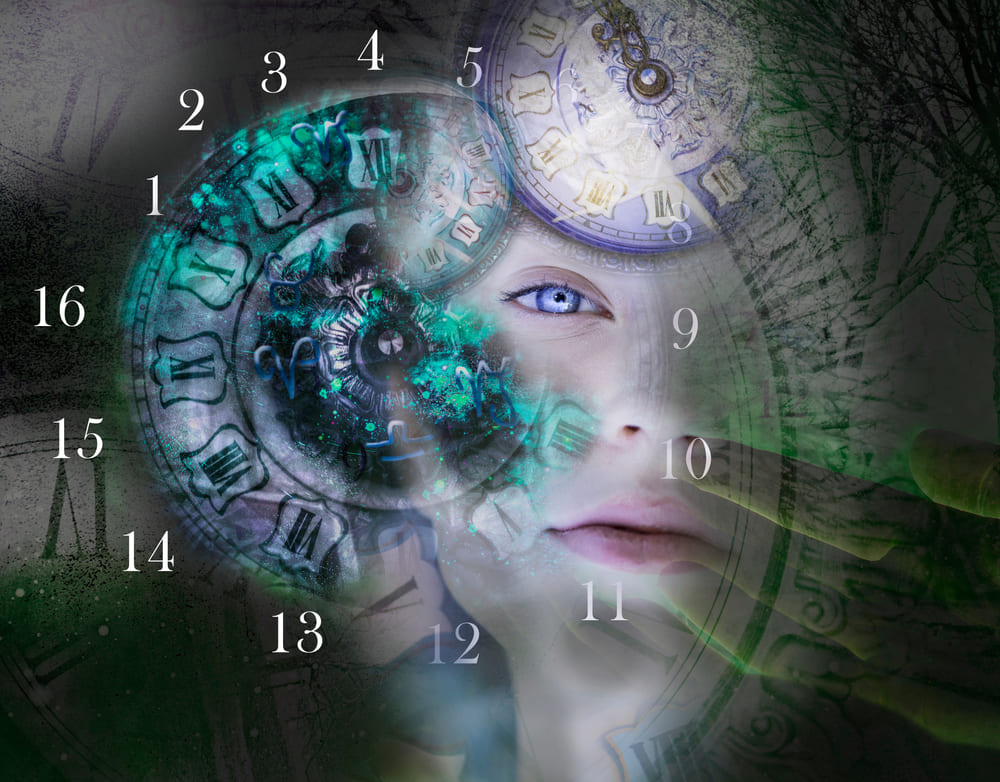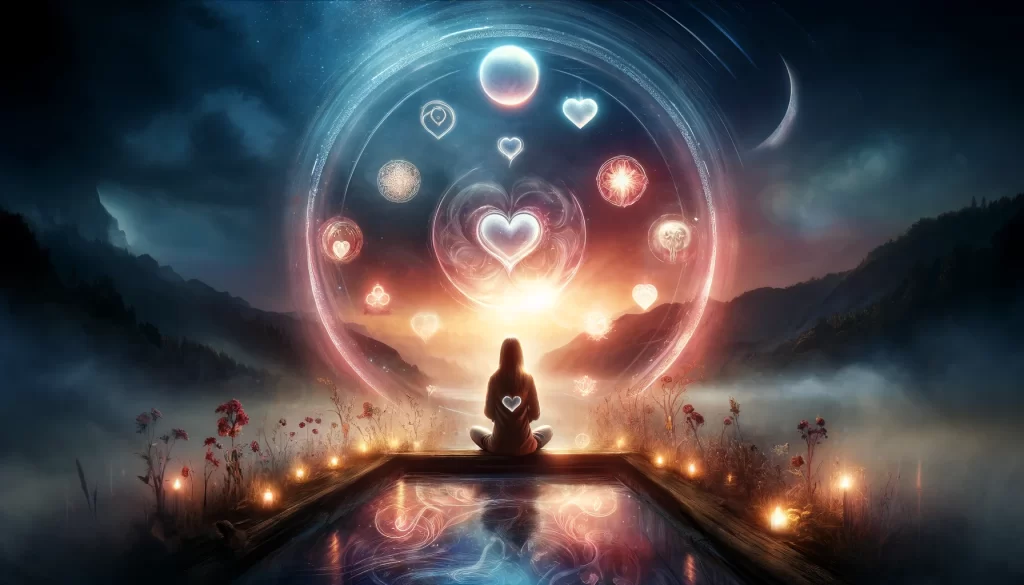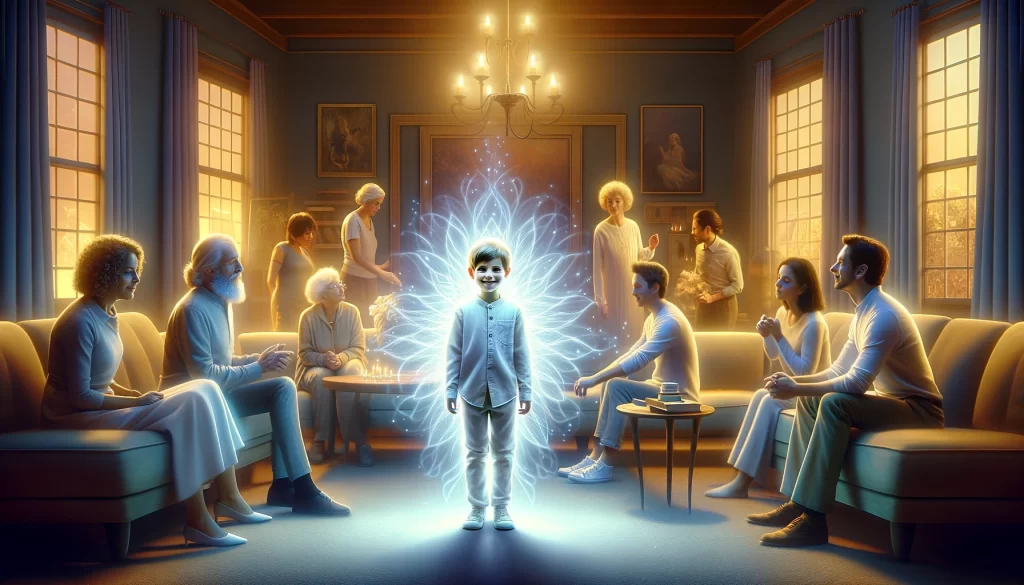When Your Healing Stack Doesn’t Work, Something Deeper May Be Happening - Understanding The Impact Of Ancestral Memories On...
Read More
It’s Time To Express Yourself & Gain Greater Confidence Check Out Paul's Free Ebook: Groomed For Vulnerability

Forensic Forgiveness: Digging Deep To Find Freedom
The Sacred Nature Of Emotions: How Rituals And Release Move Us Toward Awakening

Discover More Essential Topics

How To Set Boundaries & Sometimes Say Goodbye
Read The Article

Relinquish Codependency: In Life, Love, Relationships & Business
Read The Article

Why Many Of Our Relationships Are Not Fulfilling
Read The Article

Energy Vampires: How To Manage And Avoid These Folks
Read The Article

How Authenticity Leads To Happiness
Read The Article
Emotional Healing Modalities
Read About Paul's Two Main Methods for Emotional Healing
More Articles
The Repercussions of Healing Through Hatred
 Paul Wagner
Paul Wagner
 May 8, 2025
May 8, 2025
A raw and unfiltered exploration of how new-age spirituality became a culture of projection, spiritual bypassing, and ego performance -...
Read More
Groomed for Vulnerability: An Awakening to Authenticity
 Paul Wagner
Paul Wagner
 February 4, 2025
February 4, 2025
Groomed for Vulnerability: An Awakening to Authenticity Ah, how families groom their purest, most vulnerable children and siblings. It’s a...
Read More
Desire And Spiritual Awakening: Navigating Sex, Love & Romance
 Paul Wagner
Paul Wagner
 January 28, 2025
January 28, 2025
Desire And Spiritual Awakening: Navigating Sex, Love & Romance We are such wild, unpredictable, desirous creatures, how do our desires...
Read More
The Rise of Toxic Feminism and the Subtle Destruction of Relationships
 Paul Wagner
Paul Wagner
 December 25, 2024
December 25, 2024
The Rise of Toxic Feminism and the Subtle Destruction of Relationships I’ve been thinking a lot about the dynamics...
Read More
The Alchemy of Surrender: A Journey to Liberation and Divine Joy
 Paul Wagner
Paul Wagner
 December 24, 2024
December 24, 2024
The Alchemy of Surrender: A Journey to Liberation and Divine Joy In the dance of life, where each step can...
Read More
The Power of Forgiveness and the Illusion of Separation
 Paul Wagner
Paul Wagner
 December 4, 2024
December 4, 2024
The Power of Forgiveness and the Illusion of Separation Forgiveness is a powerful, life-altering practice that goes beyond simple...
Read More
Crying, Bosons, and the Nature of Being: Dissolving Illusions to Embrace True Lightness
 Paul Wagner
Paul Wagner
 November 27, 2024
November 27, 2024
Crying, Bosons, and the Nature of Being: Dissolving Illusions to Embrace True Lightness Crying is far more profound than it...
Read More
A Call for Unity, Light, and Compassion: Reflections on Israel and Palestine
 Paul Wagner
Paul Wagner
 November 27, 2024
November 27, 2024
A Call for Unity, Light, and Compassion: Reflections on Israel and Palestine As someone who has spent years peering into...
Read More
How to Create Boundaries With Challenging Family Members
 Paul Wagner
Paul Wagner
 November 21, 2024
November 21, 2024
How to Create Boundaries With Challenging Family Members (Or exit your birth family altogether) Creating boundaries with challenging family...
Read More
The Sacred Storm: Embracing the Journey of Boundaries, Karma, and Devotion
 Paul Wagner
Paul Wagner
 November 20, 2024
November 20, 2024
The Sacred Storm: Embracing the Journey of Boundaries, Karma, and Devotion The sutras are like keys to a locked...
Read More
How To Exit Birth Families That Are Toxic, Oppressive, And Judgmental
 Paul Wagner
Paul Wagner
 November 12, 2024
November 12, 2024
How To Exit Birth Families That Are Toxic, Oppressive, And Judgmental Exiting oppressive, religiously rigid, and judgmental family environments or...
Read More
















